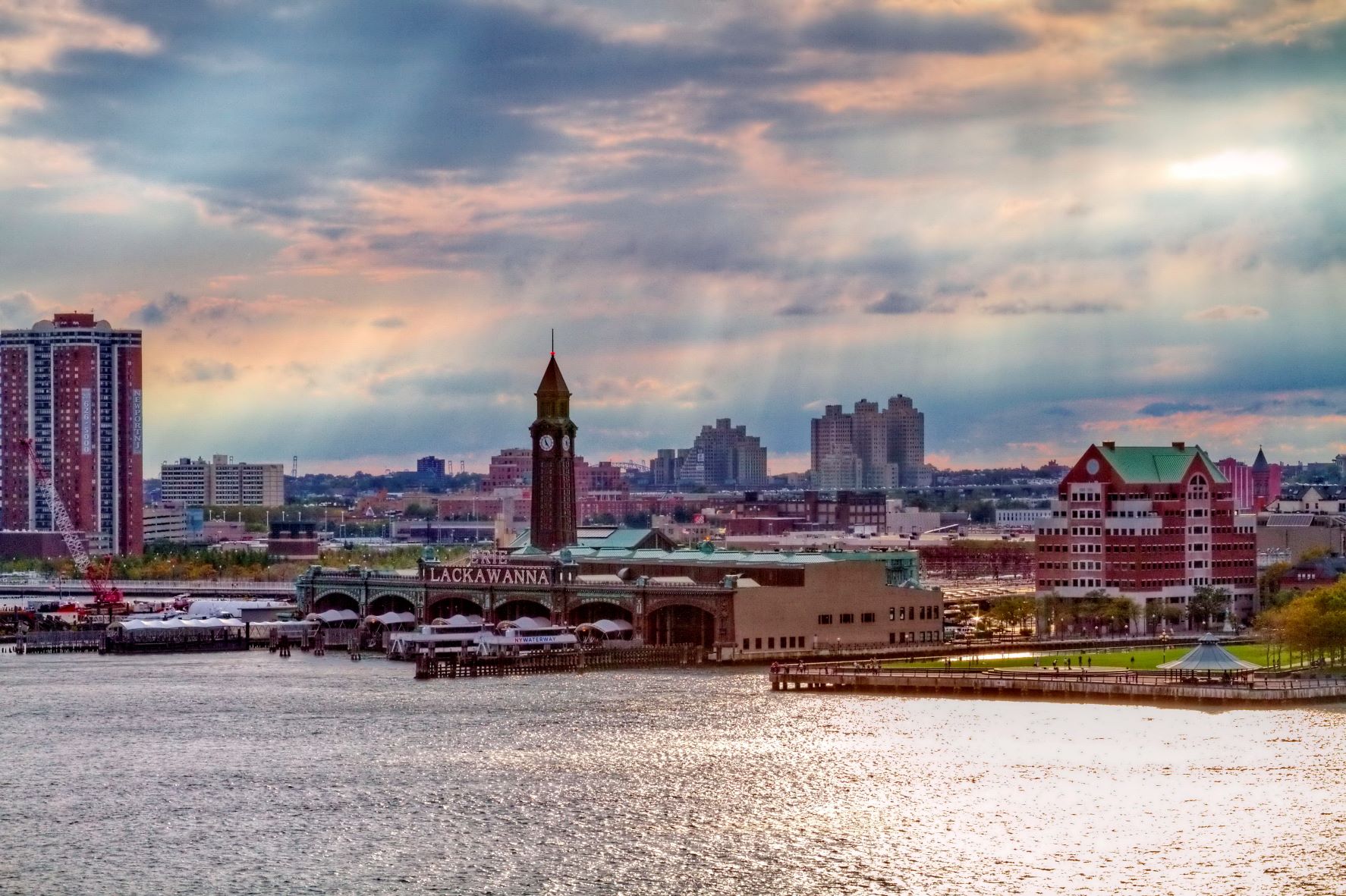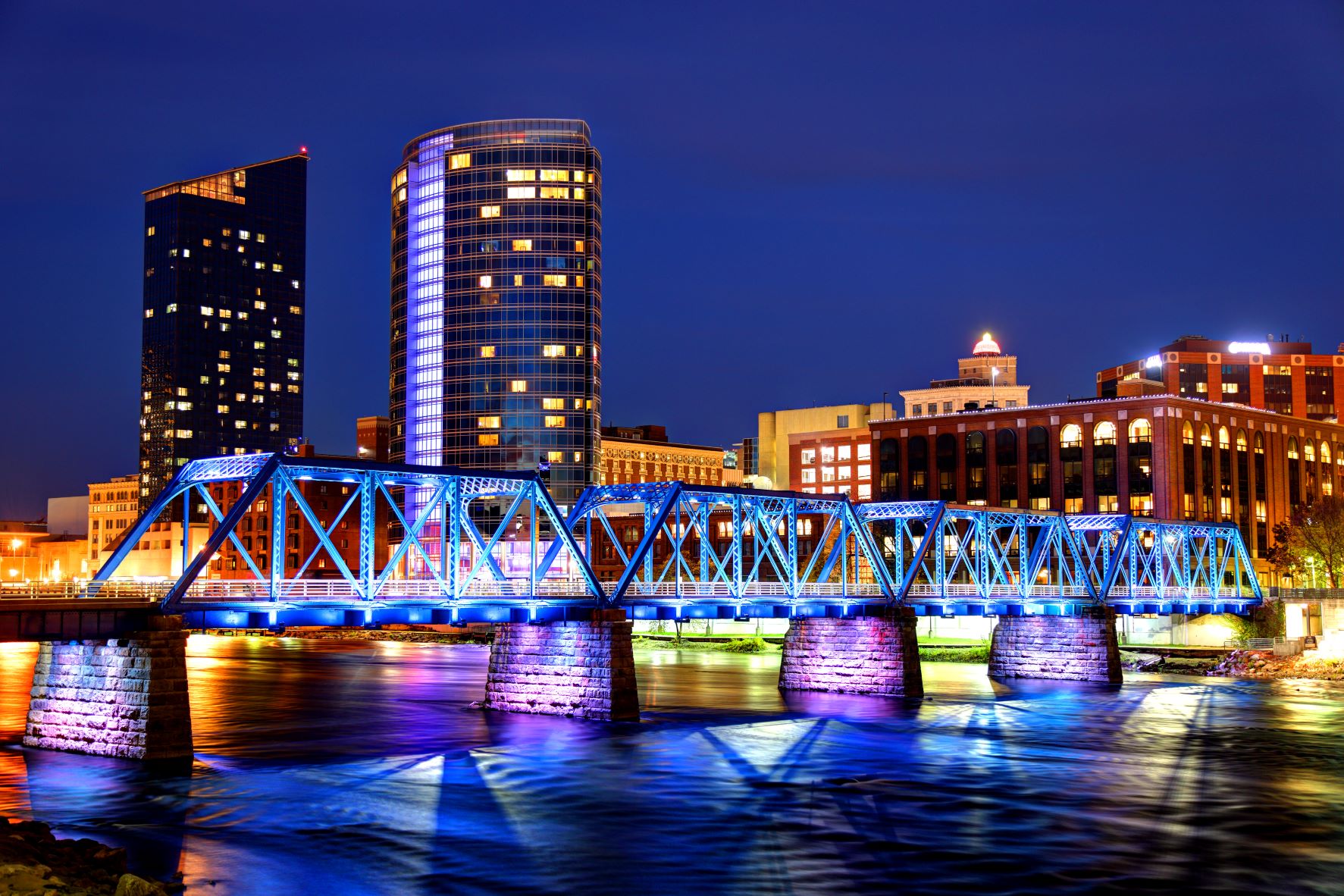Hoboken, NJ
In order to bring about a just transition to a sustainable future and build resilience against unprecedented climate occurrences, local governments are increasingly turning to renewable energy. City of Hoboken plans to advance environmental justice for the city’ low and moderate-income (LMI) residents while mitigating climate impacts through solar energy deployment have received support through New Jersey’s Community Solar Pilot Program. Through its participation, the city will help LMI residents who cannot install solar panels on their own roofs to achieve the savings and environmental benefits of solar energy from a remote site solar project. This includes residents who are ineligible for rooftop solar due to physical, financial and rental factors (e.g., non-homeowners, apartment-dwellers, shaded or old roofs and/or poor credit).
The Community Solar project, maintaining 3.9 megawatts, is funded by Hartz Solar with no direct charge to the city. To benefit Hoboken Housing Authority (HHA) residents, the city and HHA entered into a Shared Services Agreement for the program. Community Solar savings will be placed into an HHA Community Solar Fund that will go toward an energy or sustainability project with direct community benefit. This solar array is expected to provide nearly 5.3 million kilowatt-hours to the grid annually.
Additionally, Solar One, a non-profit organization, is offering a business training program to Hoboken residents working with local community organizations and HHA. Solar One’s green construction and solar PV installation training provides individuals with an understanding of solar energy systems, components, available incentives, building code requirements and hands-on training to install rooftop solar arrays on residential and commercial buildings. Participants who complete this program will be able to interview with a local solar installer for employment opportunities starting at US$21/hour.

Grand Rapids, MI
Sustainability is one of the six core values of the City of Grand Rapids, Michigan, which has a goal of achieving net-zero greenhouse gas emissions by 2040. To support this goal, in June 2022, the city completed the Lake Michigan Filtration Plant solar photovoltaic array. This 0.9-megawatt system is expected to achieve more than US$1.5 million in net savings over 24 years, based on the system’s anticipated annual generation of 1.5 million kilowatt-hours – and will account for 10% of the filtration plant’s annual electricity needs. The system will eliminate 1,000 metric tons CO2e each year. The array will bring the city’s total percentage of electricity supplied by renewable energy to 41%, up from 37.5% prior to system installation.
In addition to helping meet renewable energy and climate change mitigation goals, the system is also important to the city’s resilience. Using renewable energy not only lessens the plant’s carbon footprint, it also protects against the risk of power outage which would affect around 300,000 custumers in the greater Grand Rapids area.
As part of the project, the city’s partner, CMS Energy, will coordinate the planting of a nearly 3-acre pollinator field of native wildflowers and grasses around the solar panels. The city will also install a three-foot tall landscape berm with approximately 500 evergreen and deciduous shrubs as a natural scenic barrier along Lakeshore Drive and Lake Michigan Drive.

